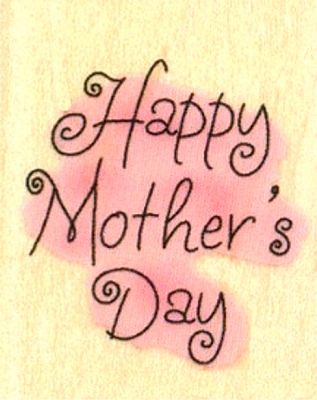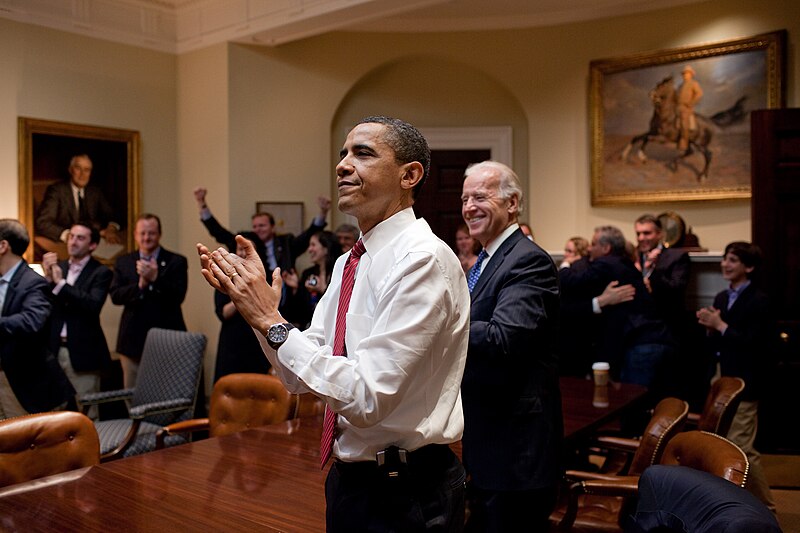I write to share a quick update on a researcher and writer previously featured on Girl w/ Pen: Chloe Bird, Ph.D., a Senior Social Scientist at RAND in Santa Monica, was interviewed about her research on gender and household labor for the episode of Dr. Phil which is scheduled to air this Friday, December 2nd.
The “Chore Wars” episode focuses on three couples, married 4 years, 16 years and 39 years, respectively. The three wives were in conflict over their husbands’ refusal to do more chores around the house. Dr. Phil counseled the couples, and then turned to Bird, who was sitting in the studio audience, to ask her about her research. She discussed some of the sociological issues as to why the division of household labor is such a challenge and how inequity can impact both spouses.
Bird noted,
In the case of inequity in household labor, the intended audience is individuals and couples seeking to find an equitable way to accomplish all the tasks it takes to keep a household going. So, I greatly appreciate the opportunity to communicate research to such a large and diverse audience.
For more on Bird’s medical sociological research, see my prior Girl w/Pen interview with her and her co-author Pat Rieker about their book Gender and Health: Constrained Choices and Social Policies.


 Note: This post
Note: This post  Just in time for Mother’s Day, Save the Children has published its twelfth annual
Just in time for Mother’s Day, Save the Children has published its twelfth annual 
